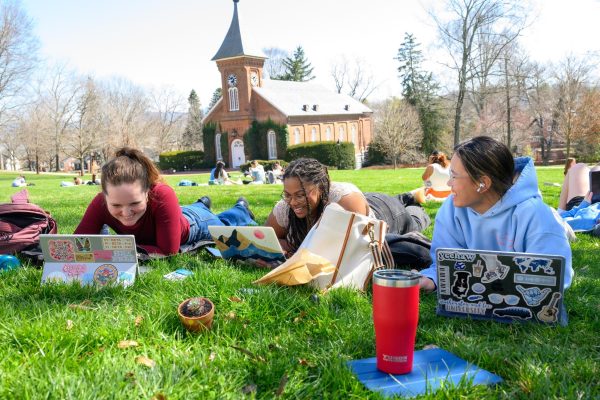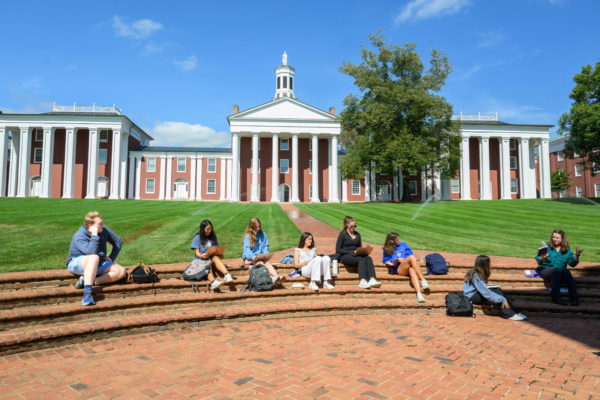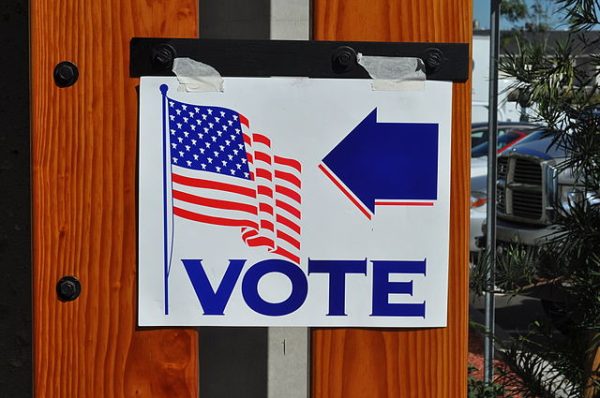P.E. requirements: Should physical education be a part of our W&L education?
February 8, 2016
Washington and Lee currently requires students to complete four terms of physical education activity classes. After the four courses are completed, the grades from each course will be averaged and a single credit will be awarded to the student.
According to W&L’s website, the aim of the Physical Education program is to enhance the physical, motor, mental and social development of all students. The program is committed to designing programs that meet the differing skill levels of Washington and Lee students.
W&L holds true to its word, a wide range of classes are offered that cater to many different student interests. The university offers team sports physical education courses, such as soccer, volleyball and basketball. The university also offers courses beyond traditional sports, such as aerobics and yoga. If students enjoy being in the outdoors, there are a number of different courses that are available for degree credit. Students can take kayaking, backpacking, or mountain biking, among others. Certain physical education classes can also help students to earn certain certifications. In LifeGuard training, students learn the fundamental skills of lifeguarding and earn Red Cross certification. First Aid and Cardiopulmonary Resuscitation leads to Red Cross certification in Standard First Aid and Community CPR.
Across the country, however, fewer schools are requiring students to meet a physical education requirement. According to a study at Oregon State University, in the 1920s, 97 percent of four-year colleges had a P.E. requirement. By the 1980s, roughly 65 percent of colleges required students to take P.E. classes. By 2010, the percentage had dwindled to just 39 percent.
USA Today suggests that the P.E. requirement has become less popular as colleges shift their focus towards career skills and away from life skills. As college becomes more expensive, there is a drive for students to graduate more quickly to reduce costs, and fewer requirements helps to accomplish that. Many students and parents are also less inclined to pay expenses that are outside of the academic realm. Nonetheless, the P.E. requirement has many benefits and has become an integral part of a W&L education. The P.E. requirement helps students to learn skills for a healthy life, which is especially important considering the U.S. population is getting increasingly overweight. According to the CDC, 36% of American adults and 17% of youth are significantly overweight.
Beyond developing healthy habits, the physical education requirement encourages students to try something new. I would never have approached the weight room had I not taken Weight Training, and I now feel confident in my abilities and frequently use the facilities. Additionally, many physical education classes address other healthy lifestyle choices, such as good nutrition.
However, I was surprised when I found out that P.E. grades factor into student GPA, however minimally that may be. Grades from the four classes combine as one credit towards a student’s GPA and would have a very small effect. From my experience, grades in most P.E. classes are attendance based and students are able to do well if they put forth effort. Nonetheless, physical education performance does not reflect a student’s academic performance.
Varsity student athletes are required to take two P.E. classes rather than four. Considering the amount of time that student athletes dedicate to their sports, I do not think that it is necessary for varsity athletes to enroll in physical education classes at all. Additionally, students who take dance classes and are in dance company are still required to take four P.E. requirements. Dance is an athletic pursuit and student dancers’ commitment to the dance program should be taken into account when determining the number of P.E. classes that they are required to take.
Ultimately, the P.E. requirement contributes to the comprehensive education that Washington and Lee gives its students. It encourages students to stay active and helps them to form healthy habits for life.












